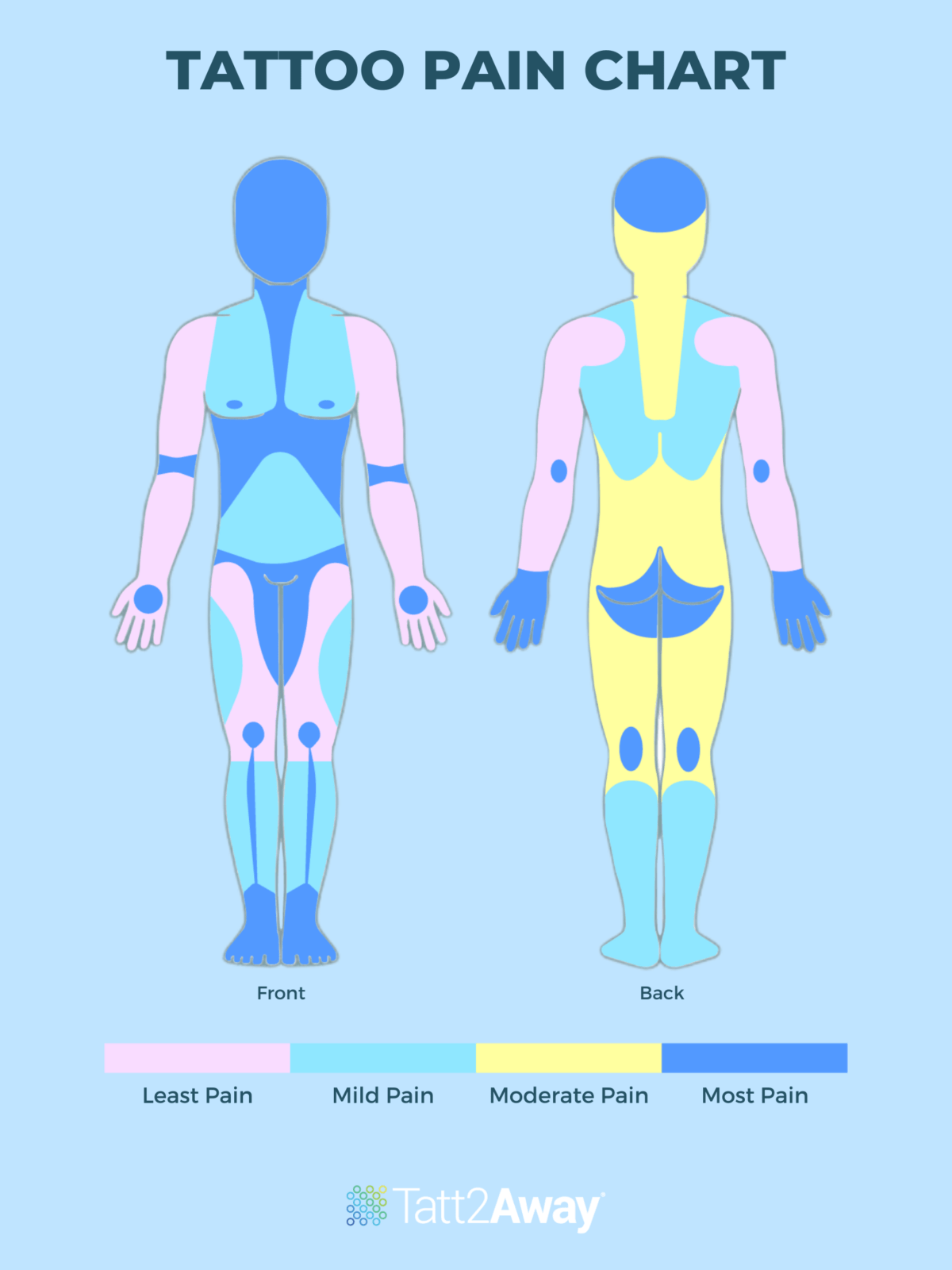
Okay, let’s talk tattoos and that burning question on everyone’s mind.
Does getting inked hurt less if you’re properly hydrated?
I get it. You’re staring down the barrel of a needle, picturing a killer design, but also bracing for the pain.
We’ve all been there!
So, can something as simple as drinking water actually make a difference?
Let’s dive in.
Does Drinking Water Help With Tattoo Pain? The Real Deal
Honestly? Yes, it can definitely help.
Here’s why, and how to make the most of it.
Think of your skin like a sponge.
When it’s well-hydrated, it’s plump and resilient.
When it’s dehydrated, it’s dry, tight, and more susceptible to damage.
That needle is gonna have a way easier time gliding across healthy skin.
I remember one time, I went in for a touch-up after a week of forgetting to drink enough.
Big mistake!
My skin felt like sandpaper, and the artist even commented on how much harder it was to work with.
Lesson learned.
Why Hydration Matters for Tattoo Pain
It’s not just about comfort, though that’s a HUGE plus.
Hydration affects several key things that influence pain levels:
- Skin Elasticity: Hydrated skin is more flexible, reducing resistance to the needle.
- Blood Circulation: Proper hydration supports healthy blood flow, delivering nutrients and removing waste, which aids in healing and reduces inflammation (and thus, pain).
- Pain Threshold: Dehydration can actually lower your pain threshold. Staying hydrated helps maintain it.
- Healing Process: Hydrated skin heals faster, meaning less prolonged discomfort.
How to Hydrate for a Less Painful Tattoo Experience
Okay, so you’re convinced hydration is important.
Now what?
Here’s your game plan:
- Start Early: Don’t just chug water the morning of your appointment. Begin hydrating properly several days beforehand.
- Consistent Intake: Aim for at least eight glasses of water a day. I personally carry a reusable water bottle everywhere.
- Electrolytes are Your Friend: Consider adding electrolytes to your water, especially if you’re sweating a lot (which you might be during a long tattoo session).
- Avoid Dehydrating Drinks: Steer clear of excessive caffeine and alcohol, especially the day before and the day of your appointment.
- Moisturize Topically: While internal hydration is key, don’t forget to moisturize your skin externally.
- Listen to Your Body: Drink when you’re thirsty, and don’t force yourself to overdo it.
More Than Just Water: A Holistic Approach
Let’s be real.
Water alone isn’t a magic bullet.
It’s part of a bigger picture.
Here are some other things you can do to minimize tattoo pain:
- Get Enough Sleep: Being well-rested helps you handle pain better.
- Eat a Healthy Meal: Fuel your body with nutritious food before your appointment.
- Relaxation Techniques: Practice deep breathing or meditation to calm your nerves.
- Communicate with Your Artist: Let your artist know if you’re feeling overwhelmed. They can adjust their approach or take breaks.
- Numbing Creams: Consider using a numbing cream, but be sure to discuss it with your artist beforehand.
FAQ: Hydration and Tattoos
- Can I drink sports drinks instead of water? Sports drinks can be helpful for replenishing electrolytes, but water should still be your primary source of hydration.
- How much water is too much? Overhydration can be dangerous, so don’t go overboard. Listen to your body and drink when you’re thirsty.
- What are the signs of dehydration? Dark urine, dry mouth, headache, and dizziness are all signs of dehydration.
- Does location of the tattoo matter? Yes, certain areas are more sensitive than others, regardless of hydration.
- Can I drink alcohol after getting a tattoo? It’s best to avoid alcohol for at least 24-48 hours after getting a tattoo, as it can thin your blood and interfere with healing.
The Bottom Line
So, to circle back to the original question: Does drinking water help with tattoo pain? Absolutely! It’s a simple, yet effective way to make the experience more comfortable and promote faster healing. Remember, it’s just one piece of the puzzle, but a super important one.
Leave a Reply